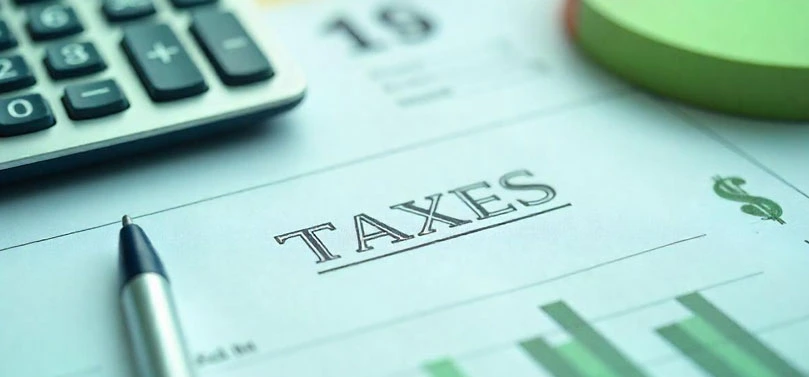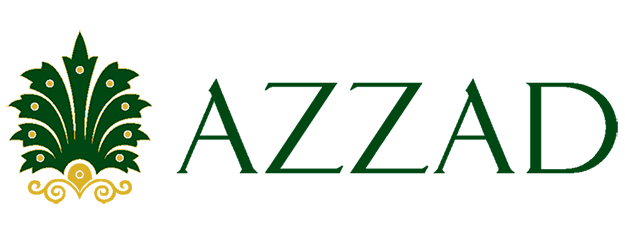When evaluating investment performance, investors should consider both return and risk. Unfortunately, many investors stress the importance of the former and neglect the latter. This is particularly true when the markets are recording new highs like we’ve seen lately. The reverse is true when the markets are recording new lows. Investors start to exaggerate their risk tolerance to the potential detriment of reaching their goals. It’s important to understand that return is a marker of gain while risk is the potential for loss. As investors, we get sucked into comparing absolute returns while forgetting how much risk we have to assume in order to get those returns.
Investments with different objectives carry different levels of risk. For example, investments in a fixed-income fund, whose objective is income and capital preservation, generally carry less risk than a large-cap growth fund, whose objective is appreciation. When comparing returns, it is important to compare investments to others with similar risks.
Risk tolerance versus risk capacity
When deciding on how much risk you can take, consider your risk tolerance and risk capacity. Risk tolerance refers to how much risk you want to take. Risk capacity, on the other hand, is how much risk you need to take. Some investors have a lower risk tolerance than they need. By taking too little risk and being too conservative, you may not be able to achieve your financial goals. For instance, a retirement portfolio needs to grow enough to help you live through your retirement years, so taking on more risk is a good thing.
Once you are nearing retirement, however, your risk capacity decreases. You no longer have time to overcome losses in your portfolio and should not jeopardize your ability to have the money when you need it.
Making fixed income fit
So where does fixed-income fit in your portfolio? It depends. If you need to make sure your money is available right away and is not subject to a lot of market fluctuation, it makes sense to have a significant portion of your portfolio in fixed income.
However, fixed income may still be an important component of your portfolio even with a long time horizon. By adding Halal fixed income, you further diversify your portfolio. Fixed income behaves differently than stocks so it can be a source of stability in your portfolio. Fixed income also allows you to have an asset class that you can rebalance against. Rebalancing refers to getting your mix of stocks and fixed-income back into line with your original financial goal. Rebalancing allows investors to maintain the appropriate level of risk for their goal while also taking advantage of market fluctuations. This helps avoid critical mistakes made in market timing, allows you to strategically “buy low sell high,” and helps keep the investment focused on the ultimate financial goal.
Rebalancing put into practice
Here’s an example of how rebalancing works: Let us say that you are an investor in the Azzad Ethical Wrap Program. You start with a Moderate Aggressive strategy of 15% in the Halal fixed-income Azzad Wise Capital Fund (WISEX) and 85% in stocks in the Azzad Ethical Fund (ADJEX). When stocks take a dip, the equity portion invested in ADJEX may decrease. For strategic investors, a drop in the market creates an opportunity. In this case, if the stock drop caused the portfolio breakdown to look more like 20% WISEX / 80% ADJEX, you would rebalance by selling enough WISEX to get you back to your original 15% allocation and increasing ADJEX to 85%. By rebalancing, you can realign your risk and take advantage by buying more shares. When stocks appreciate, they can be sold and held in fixed income to lock in gains. Using this strategy you can still buy low and sell high without trying to time the market.
Opinions expressed are those of the author or fund manager, are subject to change, are not guaranteed and should not be considered recommendations to buy or sell any security and should not be considered investment advice.
Fund holdings and sector allocations are subject to change and are not a recommendation to buy or sell any security. Click here for Azzad Ethical Fund current top 10 holdings. Click here for the Azzad Wise Capital Fund current top 10 holdings.
Past performance does not guarantee future results.
The Azzad Ethical Fund is non-diversified and may invest a larger percentage of its assets in fewer companies exposing it to more volatility and/or market risk than diversified funds. The Fund may not achieve its objective and/or could lose money on your investment in the Fund. Stock markets and investments in individual stocks can decline significantly in response to issuer, market, economic, political, regulatory, geographical, and other conditions. Investments in mid-cap companies can be more volatile than investments in larger companies. Investments in growth companies can be more sensitive to the company’s earnings and more volatile than the stock market in general. Because the portfolio may invest substantial amount of its asset in issuers located in a single country or in a limited number of countries, it may be more volatile that a portfolio that is more geographically diversified. See the prospectus for more details about risks.
Investments in smaller and medium sized companies involve additional risks such as limited liquidity and greater volatility. Investments in debt securities typically decrease in value when interest rates rise. This risk is usually greater for longer-term debt securities. Investments in lower rated and non-rated securities present a great risk of loss to principal and interest than higher rated securities.
The Azzad Wise Capital Fund is non-diversified with a high concentration of securities in the financial sector which can expose the Fund to more volatility and/or market risk than diversified funds. The Fund may not achieve its objective and/or could lose money on your investment in the Fund. The Fund mainly invests in securities issues by foreign entities which expose the Fund to country specific risks such as market, economic, political, regulatory, geographical, and other risks. The Fund intends to invest in certain instruments that may be illiquid. As a result, if the Fund receives large amount of redemptions, the Fund may be forced to sell such illiquid investments at a significant loss to be able to meet such redemption requests. See the prospectus for more details about risks.


